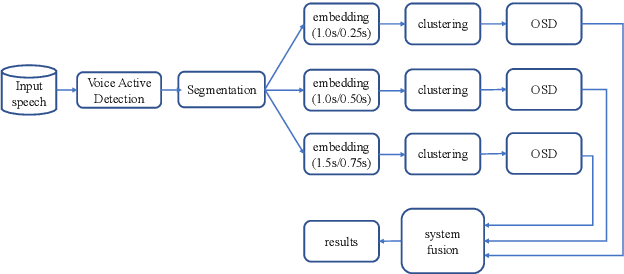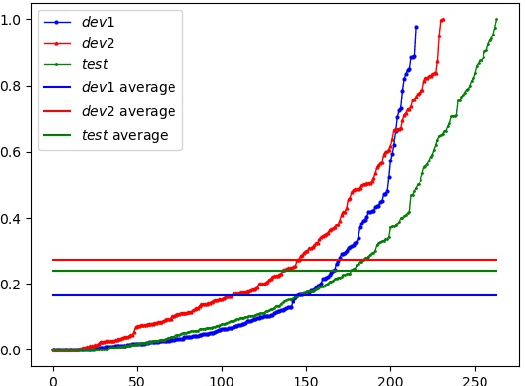Keke Wang
ImmerseGen: Agent-Guided Immersive World Generation with Alpha-Textured Proxies
Jun 18, 2025Abstract:Automatic creation of 3D scenes for immersive VR presence has been a significant research focus for decades. However, existing methods often rely on either high-poly mesh modeling with post-hoc simplification or massive 3D Gaussians, resulting in a complex pipeline or limited visual realism. In this paper, we demonstrate that such exhaustive modeling is unnecessary for achieving compelling immersive experience. We introduce ImmerseGen, a novel agent-guided framework for compact and photorealistic world modeling. ImmerseGen represents scenes as hierarchical compositions of lightweight geometric proxies, i.e., simplified terrain and billboard meshes, and generates photorealistic appearance by synthesizing RGBA textures onto these proxies. Specifically, we propose terrain-conditioned texturing for user-centric base world synthesis, and RGBA asset texturing for midground and foreground scenery. This reformulation offers several advantages: (i) it simplifies modeling by enabling agents to guide generative models in producing coherent textures that integrate seamlessly with the scene; (ii) it bypasses complex geometry creation and decimation by directly synthesizing photorealistic textures on proxies, preserving visual quality without degradation; (iii) it enables compact representations suitable for real-time rendering on mobile VR headsets. To automate scene creation from text prompts, we introduce VLM-based modeling agents enhanced with semantic grid-based analysis for improved spatial reasoning and accurate asset placement. ImmerseGen further enriches scenes with dynamic effects and ambient audio to support multisensory immersion. Experiments on scene generation and live VR showcases demonstrate that ImmerseGen achieves superior photorealism, spatial coherence and rendering efficiency compared to prior methods. Project webpage: https://immersegen.github.io.
The ByteDance Speaker Diarization System for the VoxCeleb Speaker Recognition Challenge 2021
Sep 05, 2021



Abstract:This paper describes the ByteDance speaker diarization system for the fourth track of the VoxCeleb Speaker Recognition Challenge 2021 (VoxSRC-21). The VoxSRC-21 provides both the dev set and test set of VoxConverse for use in validation and a standalone test set for evaluation. We first collect the duration and signal-to-noise ratio (SNR) of all audio and find that the distribution of the VoxConverse's test set and the VoxSRC-21's test set is more closer. Our system consists of voice active detection (VAD), speaker embedding extraction, spectral clustering followed by a re-clustering step based on agglomerative hierarchical clustering (AHC) and overlapped speech detection and handling. Finally, we integrate systems with different time scales using DOVER-Lap. Our best system achieves 5.15\% of the diarization error rate (DER) on evaluation set, ranking the second at the diarization track of the challenge.
 Add to Chrome
Add to Chrome Add to Firefox
Add to Firefox Add to Edge
Add to Edge